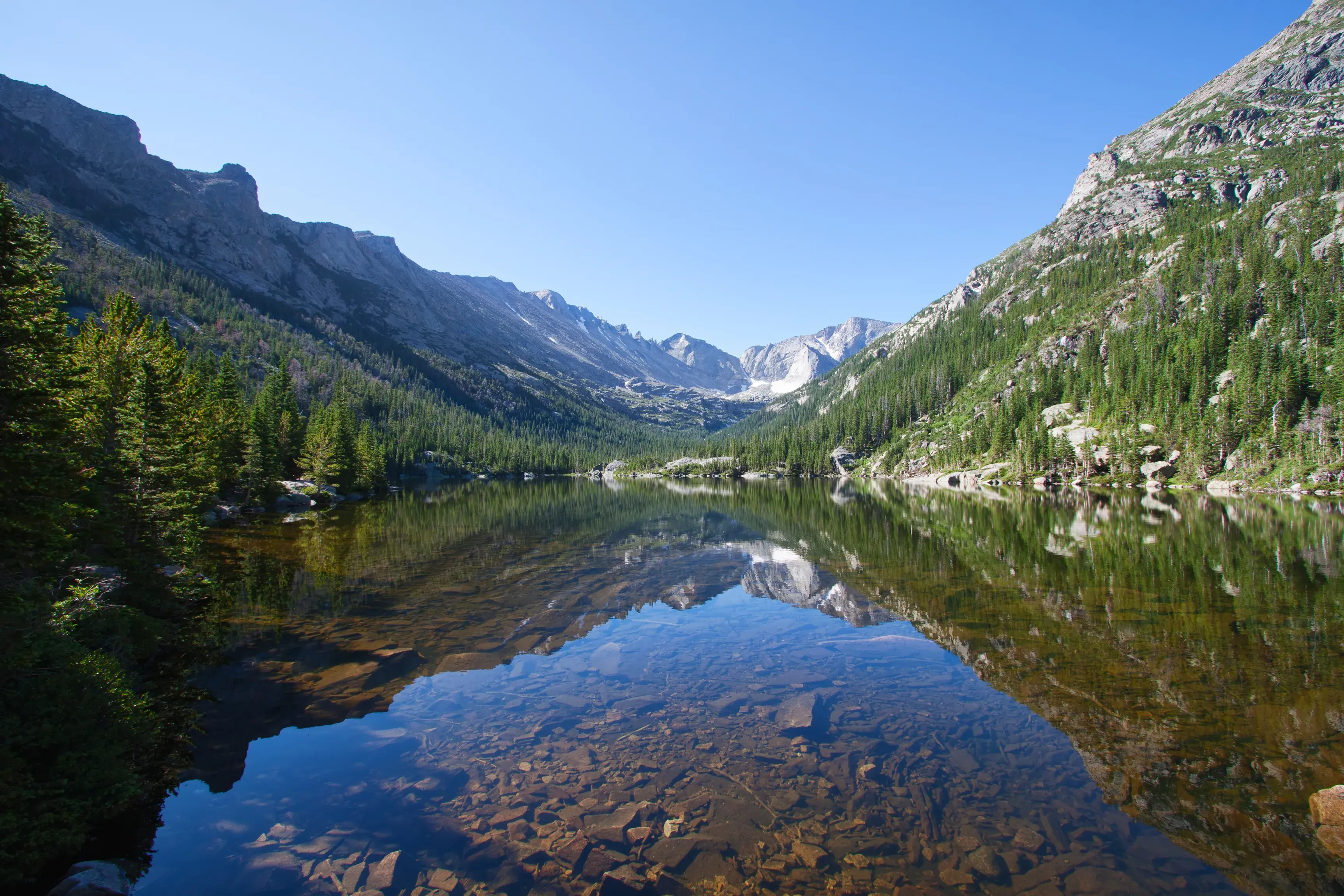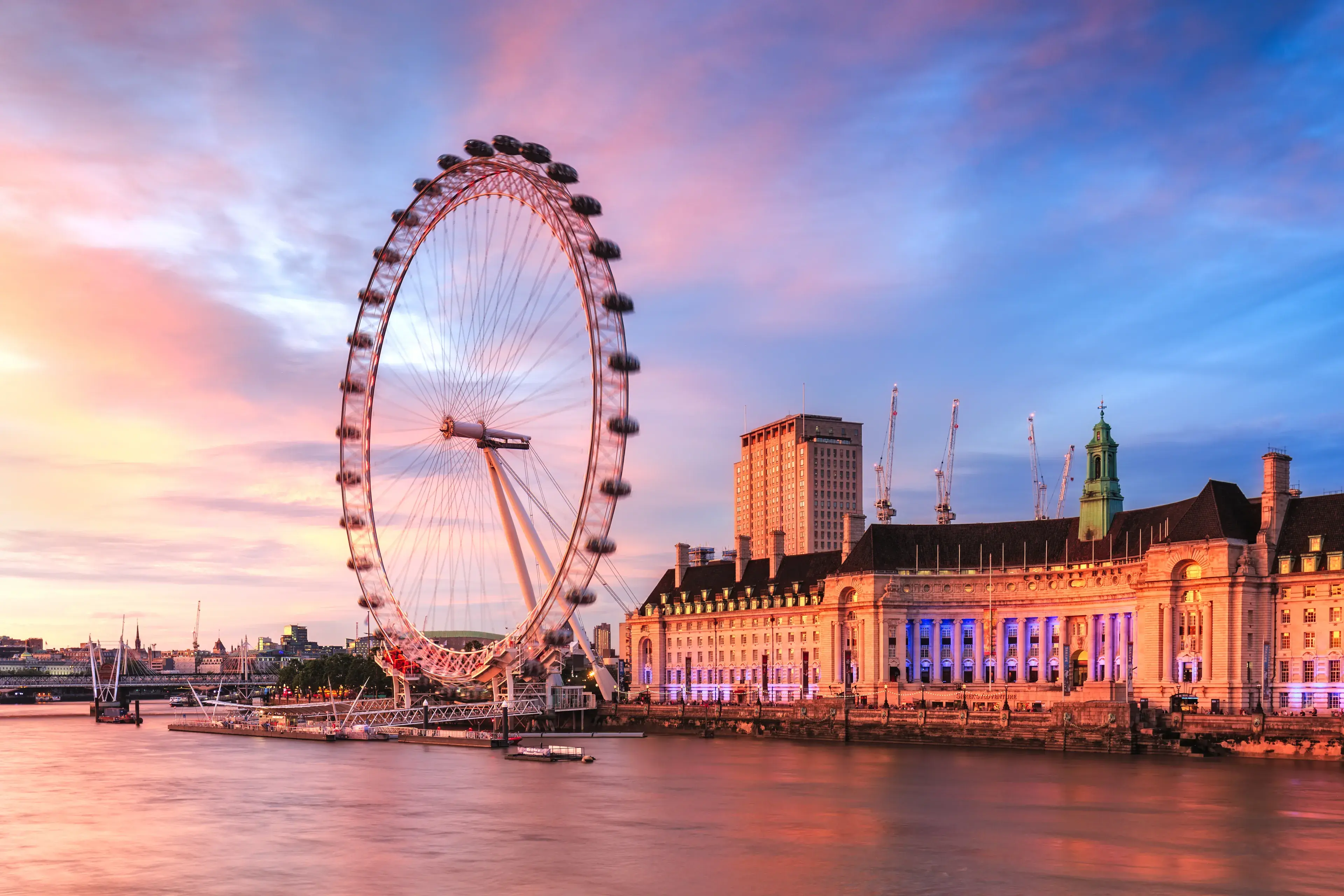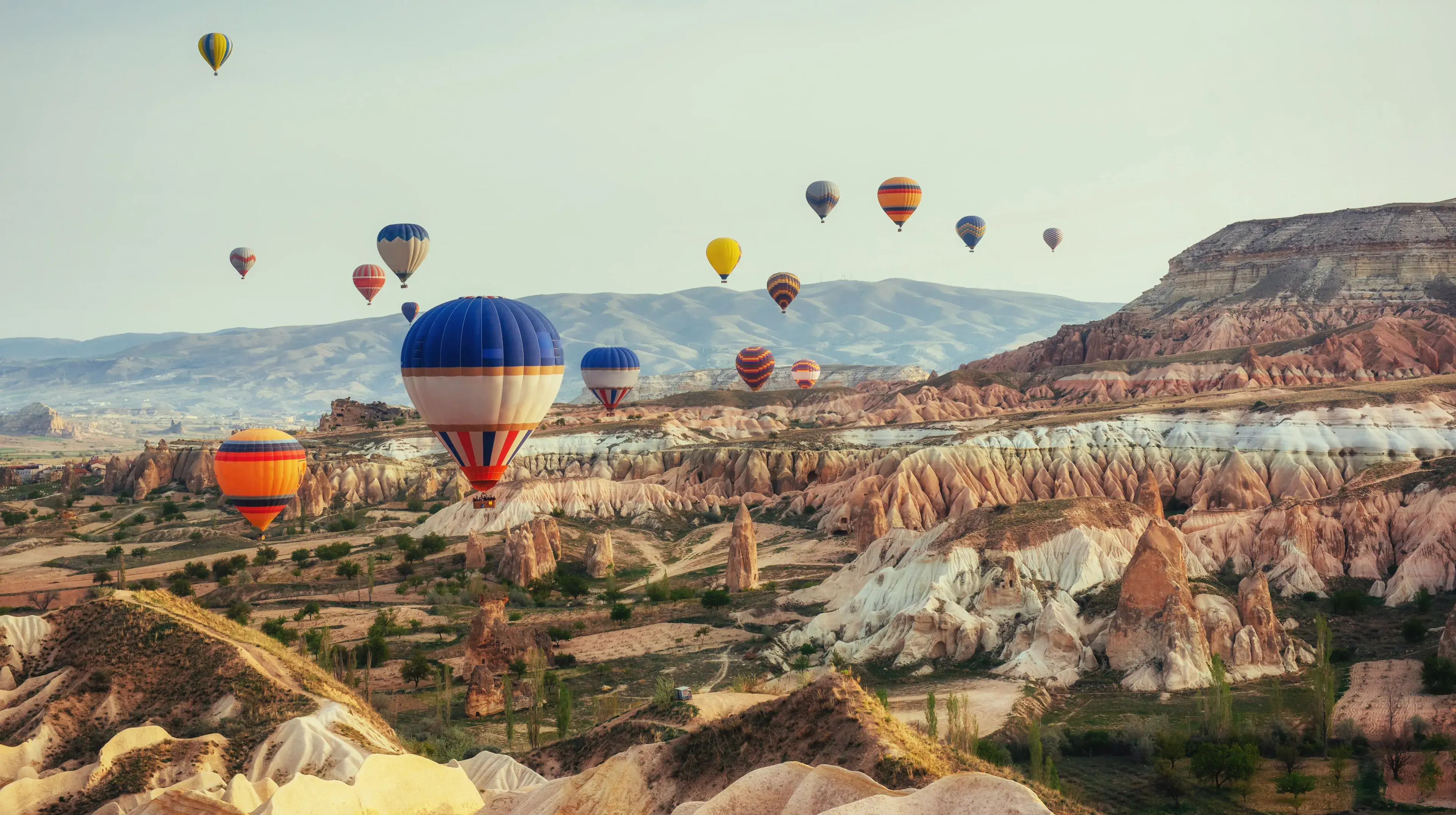
Cappadocia, Turkey
Güncellenme 4 Ağustos 2023Introduction to Cappadocia, Turkey
Cappadocia, known for its unique landscapes and historical richness, is a semi-arid region located in the central part of Turkey, covering the provinces of Nevşehir, Kayseri, Aksaray, and Niğde.
Geographical Location
Encompassing approximately 10,000 square kilometers, Cappadocia is nestled in central Anatolia, known for its ethereal geological wonders.
Brief Historical Overview
Cappadocia's history rallies back to the Hittites, succeeded by Persian, Roman, Byzantine, Seljuq, and Ottoman influences. The rich history can be observed in the architecture and artifacts preserved until today.
Unique Geological Features of Cappadocia
Undeniably, Cappadocia's unique geological formations have drawn the attention of travelers worldwide.
Fairy Chimneys
These are peculiar rock formations resulting from volcanic eruptions millions of years ago, known locally as 'Peribacaları'. The fairy chimneys have remarkably become the face of Cappadocia.
Rock Formations
Volcanic deposits have been naturally sculpted into fortress-like formations over the years. Towns and villages are partially carved into these natural structures, creating an unusual yet enticing ambiance.
Natural Valleys
Natural valleys like Ihlara Valley, Rose Valley, and Pigeon Valley offer stunning views of the rock formations, vineyards, and orchards, rendering it a hiker's paradise.
Cultural and Historical Significance
Cappadocia's historical significance equally complements its splendid landscapes.
Ancient Cave Churches
A notable set of these structures are the Göreme Open Air Museum, a UNESCO World Heritage Site, home to churches and frescoes dating back to the 9th century.
Underground Cities
The multi-level underground cities of Cappadocia, like Derinkuyu and Kaymakli, were used as hiding places during invasions and wars. With intricate systems of tunnels and chambers, it's a testament to ancient engineering ingenuity.
Art and Handicrafts in Cappadocia
Beyond the natural and historical sites, Cappadocia has a profound rooted tradition in arts and crafts.
Pottery and Ceramics
Avanos town is famous for pottery and ceramics, thanks to the abundance of clay from the Red River, Kızılırmak. Workshops welcome visitors to witness the traditional methods used in pottery making.
Carpet Weaving
Cappadocia's cities, like Uçhisar and Ürgüp, maintain a long-standing tradition of carpet weaving. You can buy these hand-woven rugs and carpets embroidered with intricate motifs revealing tales of their heritage.
Visiting Cappadocia: Things to Do and See
Whether to absorb its culture or to admire its landscape, Cappadocia promises plenty of experiences.
Hot Air Balloon Rides
One of the most popular activities in Cappadocia is riding a hot air balloon. Floating over the fairy chimneys in the amber light of the sunrise is truly a sight to behold.
Hiking and Trekking Adventures
For the adventurous spirits, exploring Cappadocia's stunning valleys on foot could be an excellent choice. The well-marked trails through Love Valley, Rose Valley, and others offer breathtaking views.
Exploring Local Cuisine
Don't miss out on 'Testi Kebab' - a traditional meat dish served in a clay pot or try 'Mantı' similar to dumplings filled with meat and topped with garlic yogurt.
Wine Tasting Experience
With its fertile valleys, Cappadocia is among Turkey's primary wine-producing regions. Many local wineries offer wine tasting experiences, where you can sample their best wines.
Accommodation in Cappadocia
Cappadocia boasts an array of accommodation types, from budget-friendly options to luxurious resorts. But an absolute 'must-experience' here is staying in a Cave Hotel.
Cave Hotel Experience
Imagine staying in a room directly carved out of a rock. This is what Cappadocia's Cave Hotels offer, providing a unique blend of comfort, authenticity, and novelty. It is a unique opportunity to experience lives like the ancient Cappadocians did. Common options include the Argos and Museum Hotel.
Budget and Luxury Options
For budget lodgings, Goreme and Urgup are populated with guesthouses and budget inns offering comfort at affordable prices. For those seeking luxury, numerous high-end resorts and boutique hotels promise supreme services, many located around Uchisar and in secluded corners of Goreme.
When to Visit Cappadocia: Climate and Best Time to Travel
The semi-arid climate of Cappadocia makes it an all-year-round destination. However, careful planning can enhance your travel experience.
Seasonal Overview
The region witnesses extremely hot summers and cold, snowy winters. The best time to visit is in the spring (April-May) and fall (September-October) when the weather is moderate, and the landscape is at its most vibrant.
Tips for Travellers
- Spring and autumn can also be quite busy. So, make sure to book your accommodations and activities in advance.
- Winter trips could provide unique snow-capped fairy chimney views, but some hikes may be inaccessible, and balloon rides may get cancelled due to weather conditions.
How to Reach Cappadocia
Whether you're within Turkey or coming from abroad, there are various ways to reach Cappadocia.
Transportation in Turkey
Cappadocia can be reached by air, road, or rail from different parts of Turkey. The fastest way is to take a flight to either Nevsehir Kapadokya Airport or Kayseri Erkilet Airport from Istanbul or Ankara. The airports are both less than an hour’s drive from Goreme, the central town of Cappadocia. Inter-city buses also lead to Cappadocia from several Turkish cities.
Local Transport in Cappadocia
The local cities in Cappadocia are relatively small, and many attractions can be visited by foot. For longer distances, there are 'dolmuş' minibuses, taxis, and car rentals available. Some choose to explore the scenic routes by bicycle or ATV.

Adventures
Photo Essay: The City at Night
3 Ağustos 2023

Adventures
Photo essay: Buenos Aires through expat eyes
1 Ağustos 2023
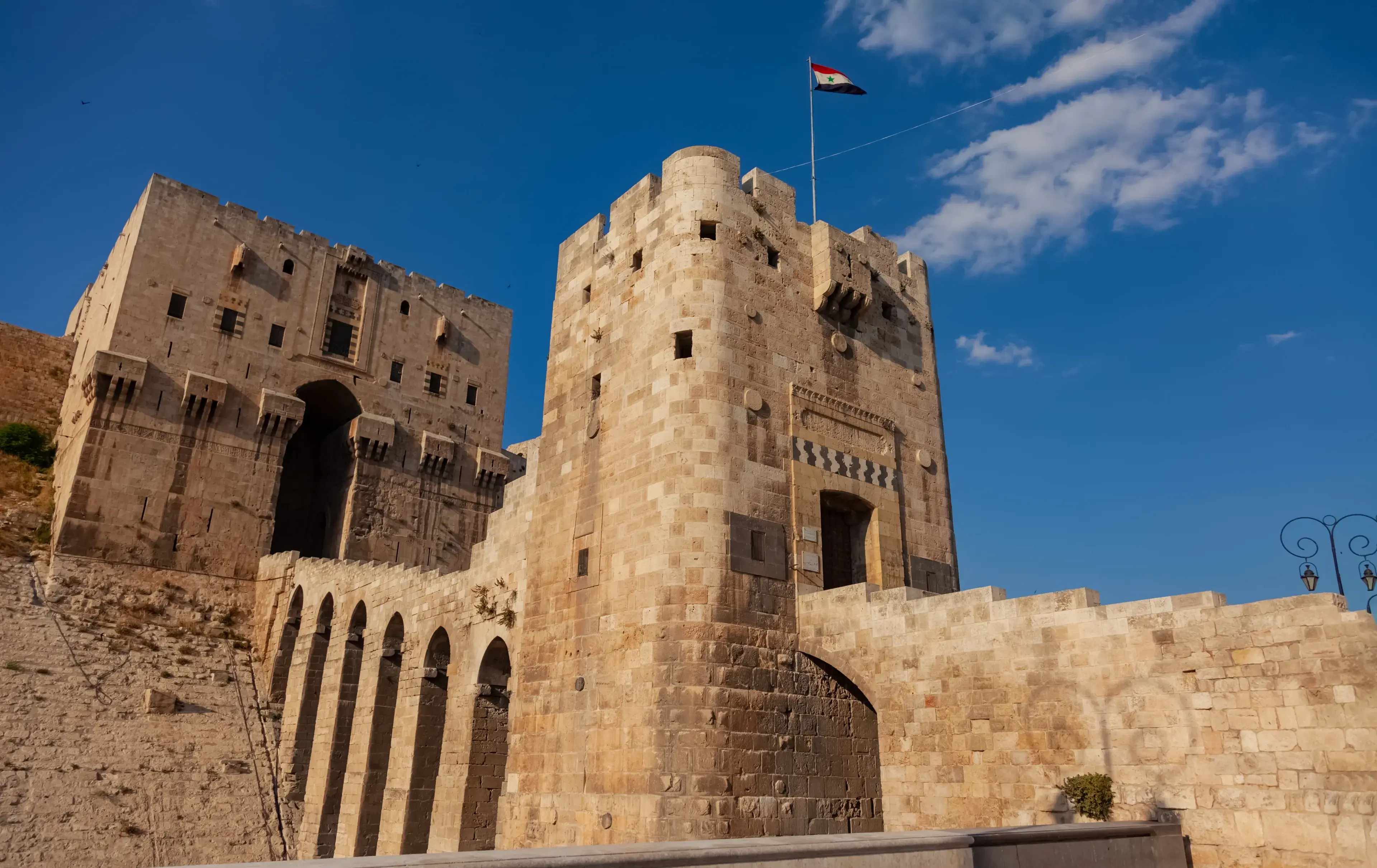
Adventures
Lost in a Castle, Syria Style
1 Ağustos 2023
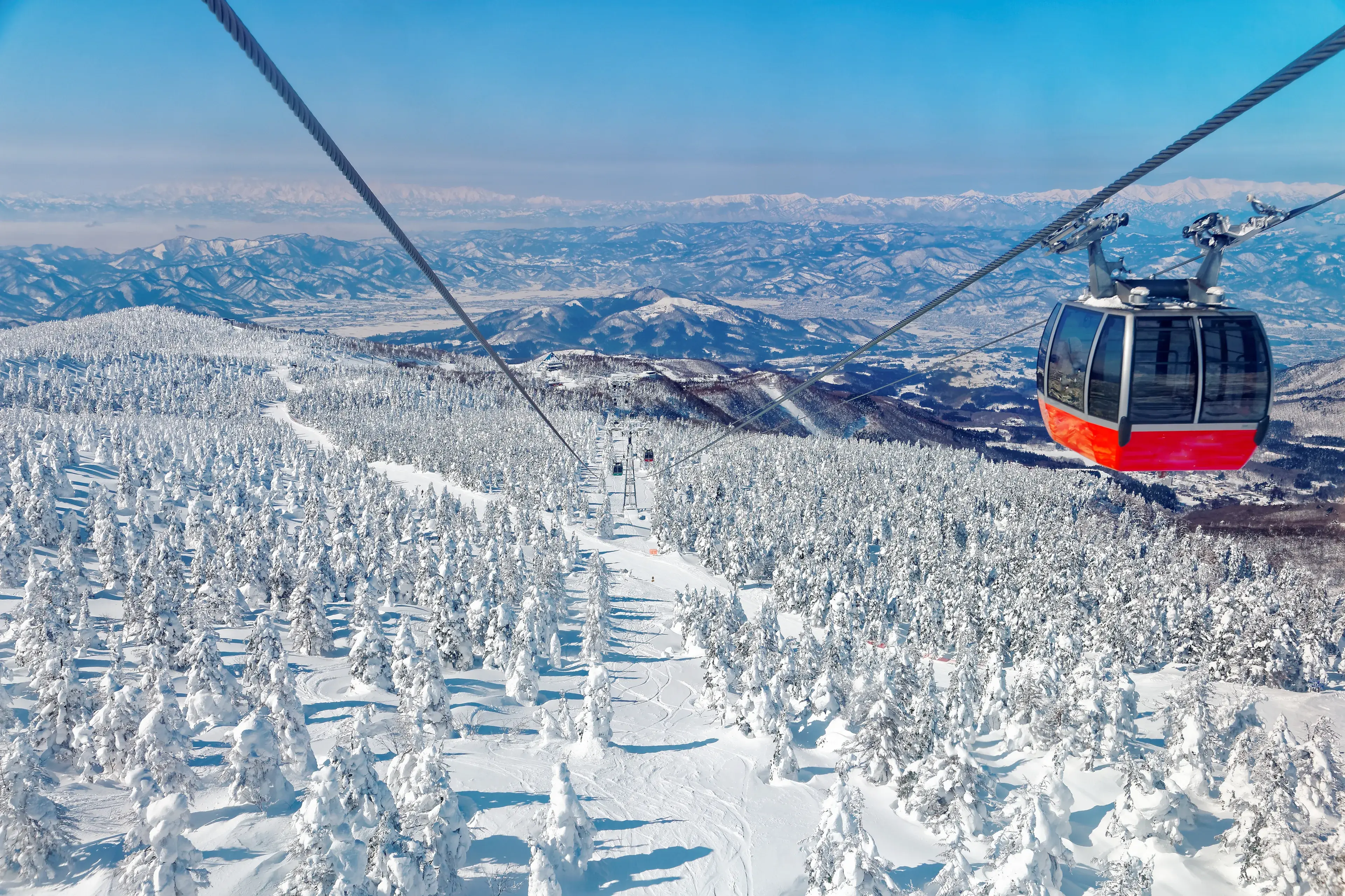
Adventures
‘Cloud Surfing’: A Ski Bum in Japan
31 Temmuz 2023

Adventures
Top Destination 2023
7 Ağustos 2023

Adventures
A Comprehensive Guide to Travel Deals
7 Ağustos 2023

Adventures
Branson, MO Vacation Facts
7 Ağustos 2023
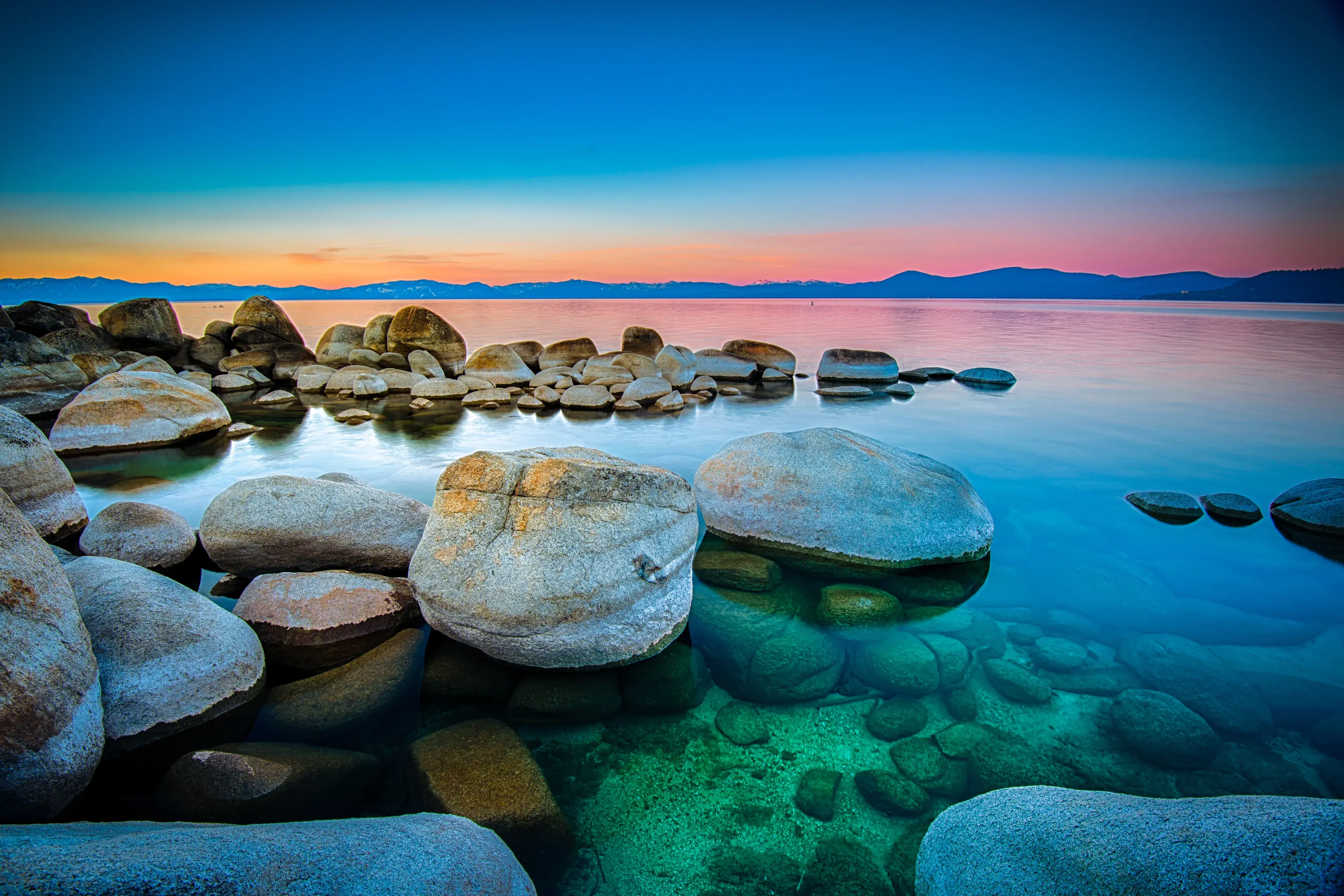
Adventures
Top 4 Views in California
7 Ağustos 2023
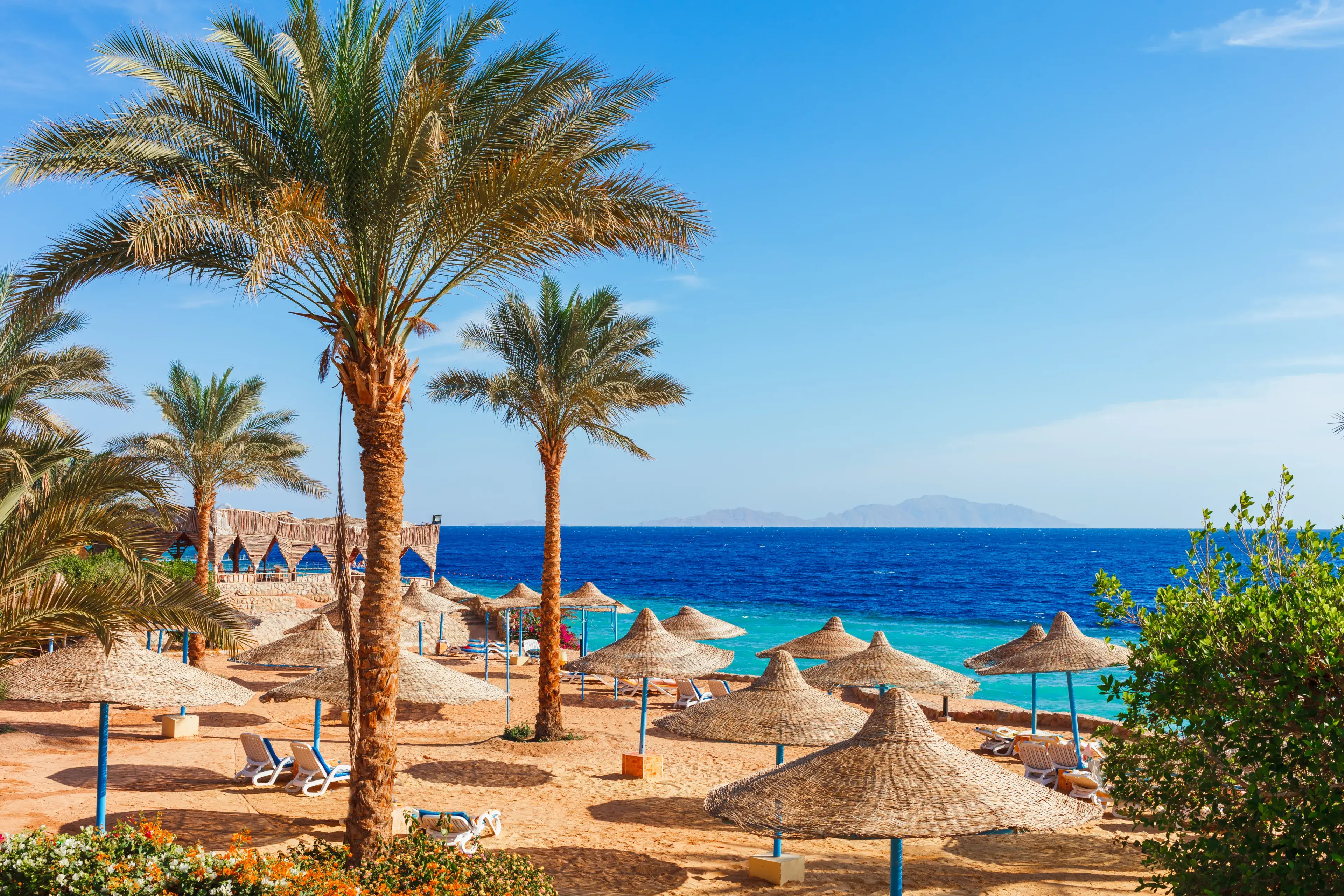
Adventures
The Liveliest Vacation Resorts in Egypt
8 Ağustos 2023
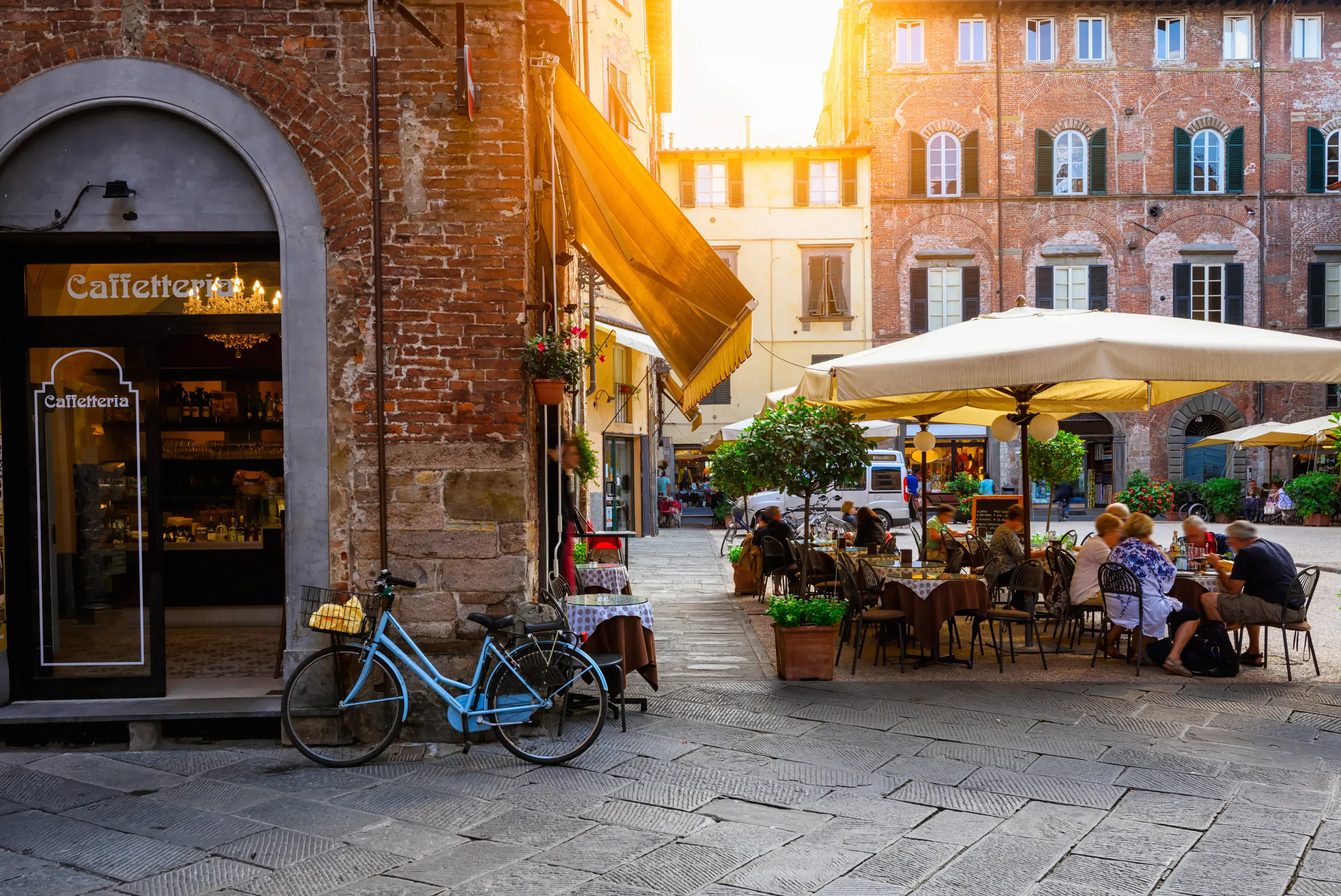
Adventures
Take a Holiday on the Coast of Tuscany
8 Ağustos 2023
